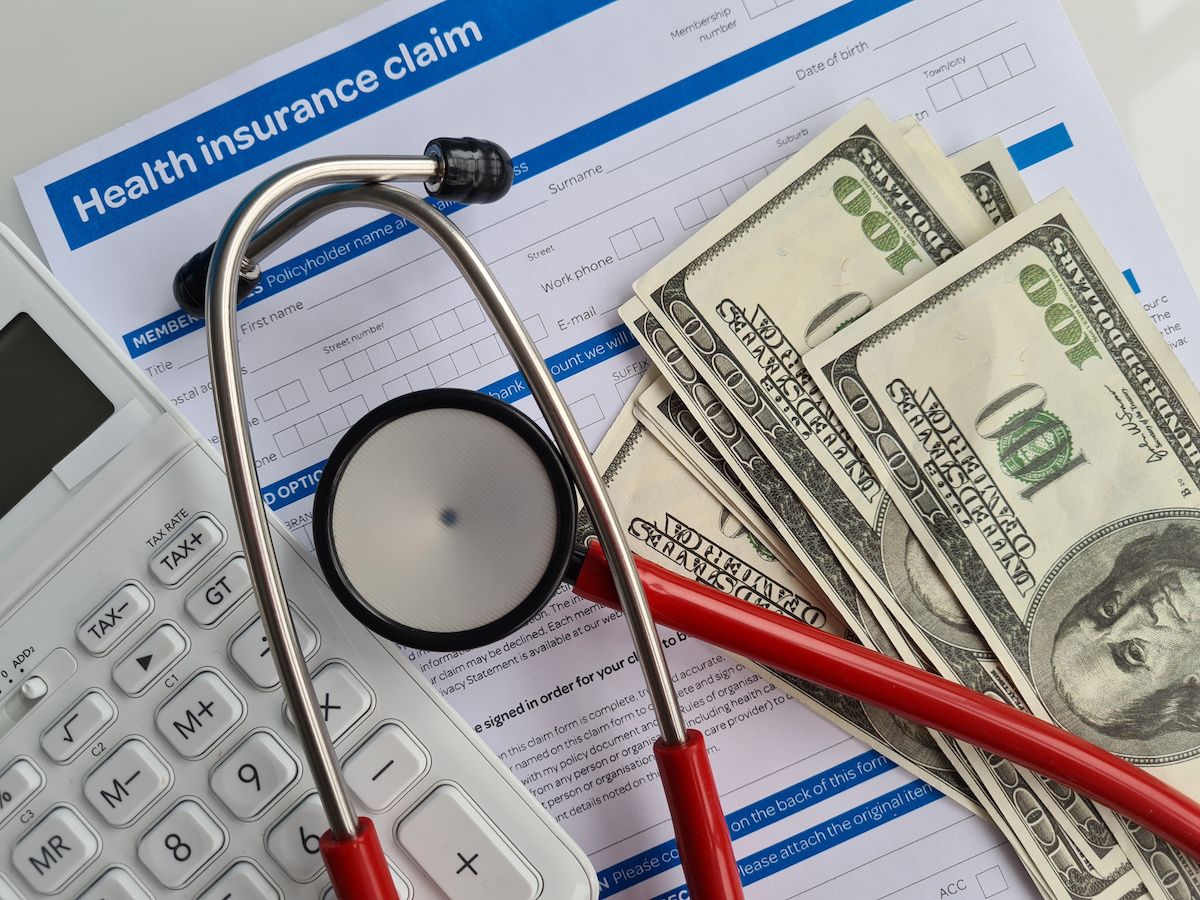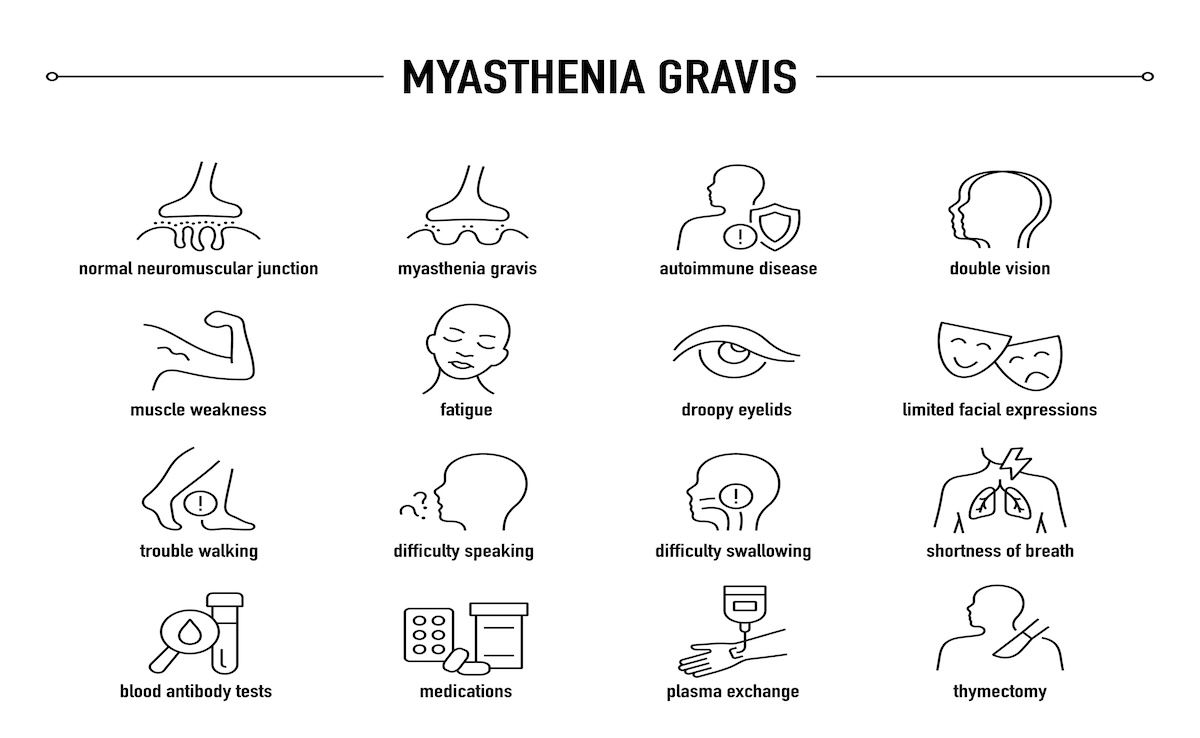Video
Dr Brent Williams Discusses Study Findings on Detection of Atrial Fibrillation
By improving detection of atrial fibrillation, more affected individuals can provide researchers with valuable information and a potential signal to treat, said Brent A. Williams, PhD, research investigator focusing on the optimal incorporation of cardiac imaging technologies in clinical practice for Geisinger.
By improving detection of atrial fibrillation, more affected individuals can provide researchers with valuable information and a potential signal to treat, said Brent A. Williams, PhD, research investigator focusing on the optimal incorporation of cardiac imaging technologies in clinical practice for Geisinger.
Transcript
Based on the study results from your session, “Explaining Temporal Trends in Atrial Fibrillation Incidence Rates,” presented at this year’s American Heart Association meeting, what progressions in preventive atrial fibrillation detection were found and what underlying factors remained unmonitored?
A lot of what we noticed in our study, was that the population at risk for atrial fibrillation—so, this group doesn't have any atrial fibrillation yet, but could develop it in the near term–that group of patients are getting heavier; their BM is above 30, the prevalence of that is increasing over time, they're more likely to have hypertension over time. Of course, high BMI and hypertension are 2 of the most common risk factors for atrial fibrillation. So, I think the increasing incidence we saw was largely a combination of the at-risk population having more risk factors, and also more opportunity to diagnose atrial fibrillation. We noticed that there was a sharp increase in least documentation of short-term ECG, 1-time ECG in our at-risk population. More and more atrial fibrillation is being diagnosed via implanted devices like pacemakers and implantable cardioverter defibrillators. So, I think those 2 things in particular are kind of working collectively that we're finding more atrial fibrillation–not that this is necessarily a bad thing. You see that line of new afib [atrial fibrillation] cases going up and it looks bad, but I think we're uncovering what's already there, which can give us a signal to treat.

The Importance of Examining and Preventing Atrial Fibrillation




